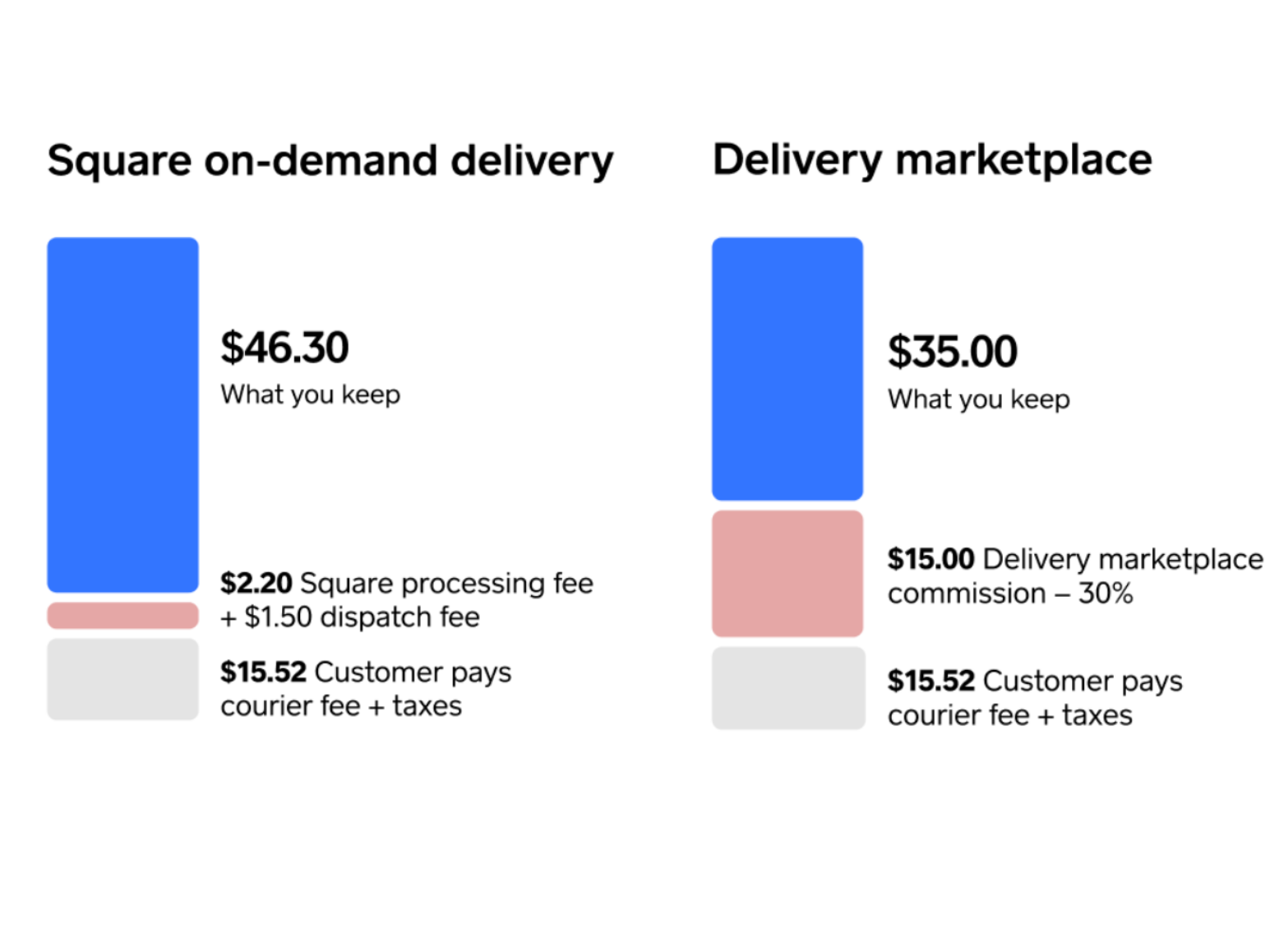Recent restrictions across Canada due to the ongoing spread of COVID-19 have led a lot of food establishments to rethink how they reach out to customers.
While food delivery apps, like Skip The Dishes, Uber, and dozens of others are options, it can often be hard on restaurant owners with the high commission fees that have to be paid.
In some instances, restaurants have to pay commission fees as high as 30 percent on every order. For example, if a restaurant makes a sale worth $45, they’ll have to pay the delivery app upwards of $13.50 for that sale.
According to Deliverect, a company that works to connect restaurants with their customers, the fee for Skip The Dishes is typically between 20 and 30 percent. Tony Elenis, the president of the Ontario Restaurant Hotel and Motel Association, told CTV News last year Uber Eats has a 30 percent commission rate.
MobileSyrup asked Skip The Dishes and Uber Eats to confirm these figures but did not receive a response ahead of publication. A spokesperson from DoorDash also didn’t provide a specific commission rate but said commissions are “personalized for each merchant.”
“What we’re trying to do is put the tools in the hands of our sellers to create that so they can really own the ordering relationship.”
While these rates have fluctuated in the past two years, whether that be from governments capping rates or companies taking initiatives themselves, commissions have always existed. In some instances, they act as a barrier for restaurants to join food delivery apps.
Square is hoping to change the way this works. The software company has launched a new on-demand delivery service that it says is commission-free.
Restaurants, bars, convenience stores, and any establishment using Square across Canada can now have their goods delivered to patrons through DoorDash Drive. This is separate from the DoorDash app and focuses on delivering orders placed on a third-party website or app.
The customer has to place an order directly on the store’s website. Text updates and a link to a map tracking the order are sent to the customer. The seller will pay $1.50 for every order to Square. An $8.50 delivery fee will also be paid to DoorDash. The seller has the option to pass these off to the customers to pay in full or offer custom options, such as paying for delivery if the order is above a certain amount.
“Sellers have a lot of flexibility to set their own pricing and configure that in various ways,” Justin Scott, head of product at Square, told MobileSyrup.
The service is available everywhere except Nunavut, given DoorDash doesn’t offer services in the territory. Alcohol orders can only be delivered in Ontario, Alberta, Manitoba, Quebec, and British Columbia.
Image credit: Square
Scott said the goals are to create a connection between the customer and seller, something that’s absent when orders are placed through delivery apps, and help sellers keep more of their money.
“What we’re trying to do is put the tools in the hands of our sellers to create that so they can really own the ordering relationship.”
When orders are placed through a company’s website, that business also receives the contact information of the person who placed the order. This will help restaurants better market, and get to know their customer base.
Despite the service being commission-free, a DoorDash spokesperson said drivers delivering through DoorDash Drive won’t be making less than those delivering with the regular app.
While this may be great for sellers, questions remain about what the deal is for buyers. With many food delivery apps out there, why should customers utilize the service Square is offering, especially given it requires customers to make orders directly on a company’s website?
Square is banking on customers looking to support their local businesses.
There have been dozens of news stories over the past two years detailing the high commission costs restaurants have to pay to delivery apps, Scott said. This has created a lot of awareness on the issue. He does admit that every buyer is different and it depends on their situation, but the company is striving to give sellers resources to create changes that might help buyers think otherwise.
Canada is the first international market where the program has launched. It was first introduced in the U.S. in mid-2020 and the company has seen 173 percent growth year over year. Scott said he expects the same to happen in Canada, given thousands of businesses utilize Square and ongoing restrictions across the country are limiting dining options.
Image credit: Square
Source: Square


